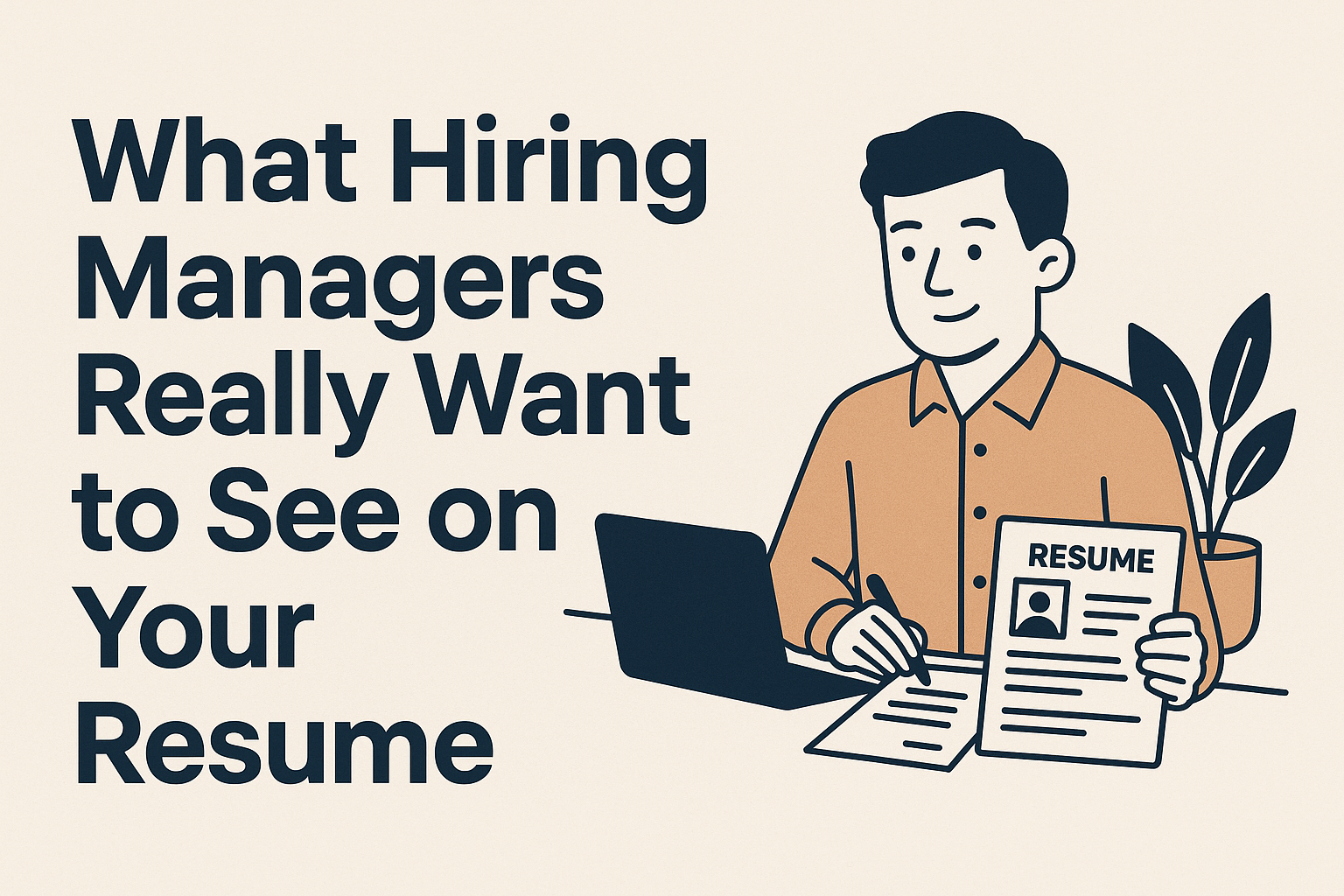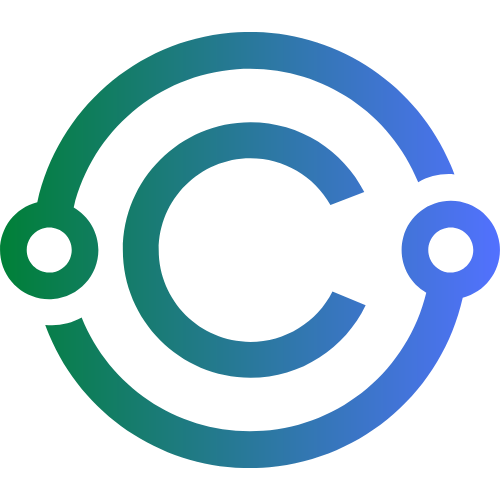What Hiring Managers Really Want to See on Your Resume

Your resume is more than a summary of your work history—it's your personal pitch. It’s your one chance to get the attention of hiring managers who are overwhelmed with hundreds of applications.
So what exactly are they looking for?
In this detailed blog post, we’ll unpack the resume elements that hiring managers actually care about (and what they usually ignore), give you actionable tips to optimize every section, and share a real case study to help you write a resume that gets interviews—not just views.
1. A Clear and Clean Format
First impressions matter. If your resume is hard to read or cluttered, it will likely get skipped.
What hiring managers look for:
- One-page layout (two at most if highly experienced)
- Consistent font size (11–12pt) and spacing
- Clean section headings
- Bulleted lists (not paragraphs)
Avoid:
- Unusual fonts
- Dense text blocks
- Bright colors or overly designed templates (unless in creative fields)
Recommended Tools:
2. A Customized Summary That Speaks to the Job
The top of your resume is prime real estate. Use it to create a professional summary (not an objective) that aligns directly with the job you're applying for.
What hiring managers want:
- A quick overview of your background
- Proof of your value (e.g., years of experience, industry, key wins)
- A hint at personality or soft skills
Example:
Strategic HR professional with 6+ years of experience building inclusive workplace cultures and reducing turnover by 25% year-over-year. Passionate about DEI initiatives and operational excellence.
3. Results-Oriented Experience (Not Just Responsibilities)
Listing job duties is boring. Hiring managers want outcomes—what you accomplished.
Use this formula: Action Verb + Task + Outcome
Example:
Spearheaded a company-wide onboarding revamp that decreased new-hire ramp-up time from 45 to 30 days.
What they love:
- Metrics (%, $, time saved, growth)
- Promotions and career growth
- Leadership initiatives or process improvements
Avoid:
- Generic terms like “responsible for”
- Listing tasks without context or results
4. Keywords That Match the Job Description
Most companies use Applicant Tracking Systems (ATS) to scan resumes before a human ever sees them. If your resume doesn’t contain the right keywords, it may be filtered out.
How to find keywords:
- Use Jobscan to compare your resume against the job post
- Scan the “Requirements” and “Qualifications” sections
- Include exact job title, tools, and relevant soft skills
Tip: Mirror the language used in the posting, but don’t keyword-stuff.
5. Relevant Skills in a Dedicated Section
Hiring managers want to quickly check that you have the right technical and transferable skills.
Examples:
- Hard skills: Python, Excel, Salesforce, SEO, UX Design
- Soft skills: Communication, Collaboration, Problem-solving
Tip: Put this section near the top if you’re early in your career or transitioning industries.
6. A Concise Education Section
Unless you’re applying to academia or just graduated, education doesn’t need to take up much space.
What to include:
- Degree, major, school name
- Graduation year (optional)
- Honors or relevant coursework (if recent grad)
Example:
BSc in Computer Science, University of Leeds (2019)
7. Evidence of Career Progression
Hiring managers want to see growth over time.
Good signs:
- Job titles increasing in responsibility
- Expanding team or budget oversight
- Promotions or internal mobility
If you’ve stayed in one role for a long time: Break it into “phases” with bullets for major milestones or evolving responsibilities.
8. Soft Skills Proven Through Action
Don’t just say you’re a “team player” or “strong communicator”—show it.
Instead of:
Excellent communication skills
Say:
Presented quarterly reports to C-suite leaders, facilitating data-driven decisions that reduced costs by 12%.
Storytelling trumps adjectives.
9. Optional Enhancers (If Relevant)
These aren’t mandatory—but they can make your resume more compelling:
- Certifications: Google Analytics, PMP, AWS, etc.
- Volunteer Work: Especially if it shows leadership or community impact
- Side Projects: If you’re in tech, marketing, or creative industries
- Languages: For global roles
- Portfolio/Website: Link in header or summary
10. What Hiring Managers Usually Ignore or Dislike
❌ Unrelated job experience (unless transferable) ❌ Personal details: age, marital status, full address ❌ “References available upon request” ❌ Passive language or overuse of jargon ❌ Typos and formatting errors
Pro Tip: Always save your resume as a PDF (unless otherwise instructed).
Case Study: How Priya Revamped Her Resume and Landed a Role in Tech
Priya was an operations manager in healthcare but wanted to pivot to tech project management. Her original resume:
- Was 2.5 pages long
- Listed duties rather than outcomes
- Had a generic summary and outdated formatting
After revising, she:
- Cut it down to one page
- Used action verbs and included metrics ("streamlined vendor process, saving 20% annually")
- Tailored each version to the job posting
- Added a skills section with tools like Asana, Trello, and Slack
She also started using LinkedIn strategically to align with her resume.
Result: Within 5 weeks, she secured 4 interviews and landed a remote PM role in a healthtech startup.
Key Takeaway: Hiring managers don’t need more info—they need the right info.
Helpful Tools to Optimize Your Resume
- Resume Worded
- Enhancv
- Hemingway Editor for clarity
- Grammarly for grammar checks
A great resume isn’t about listing every job you’ve ever had—it’s about telling the right story to the right employer.
If you want hiring managers to call you, give them a resume that:
- Looks clean
- Shows real impact
- Matches their needs
- Proves you're the solution to their hiring problem
Don’t overthink it—refine it. Each section is an opportunity to show your worth.
More from UJ+:
- How to Write a Resume That Gets Noticed in 6 Seconds
- The STAR Method: Ace Every Behavioral Interview Question
Subscribe to UJ+ for job-winning strategies, expert templates, and weekly insights from hiring insiders.

